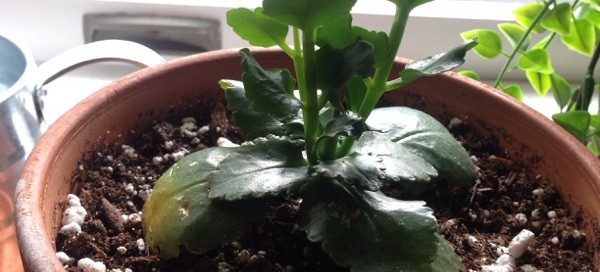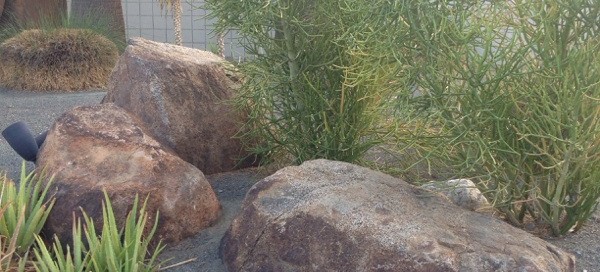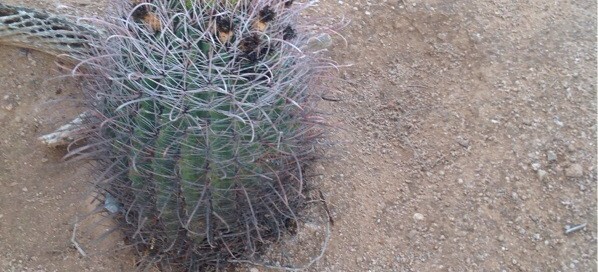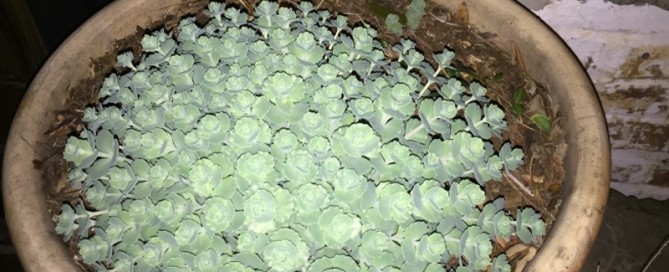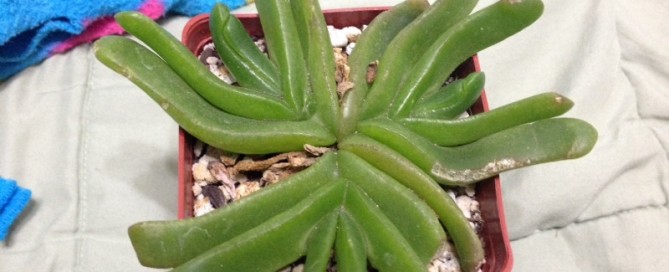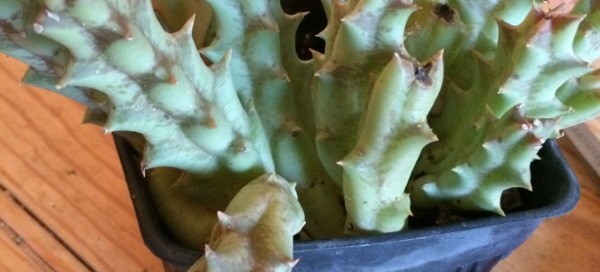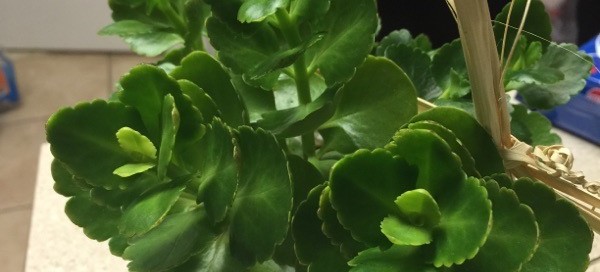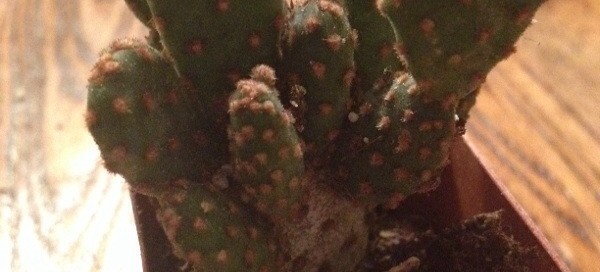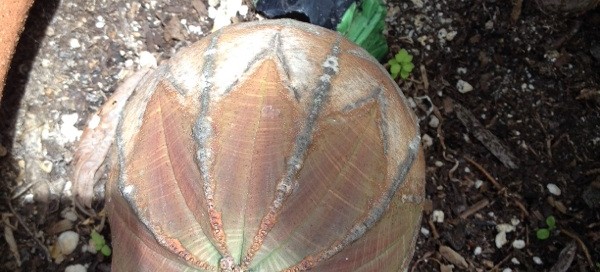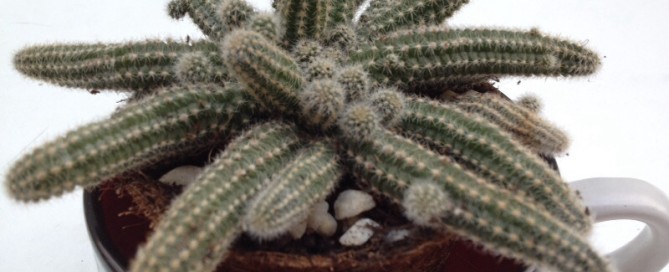Double Blooming Kalanchoe
Easy, flowering houseplant. Wants bright light, and to stay on the dry side. To encourage yours to flower again put it in more light and give it some fertilizer every two weeks to promote new growth. Kalanchoe are triggered into flowering by going through a "short day" period, that is at least 8 weeks of 8 hours of light and 16 hours of darkness. In the winter time it will get this automatically if it's in a room without artificial light. If you want to stimulate more flowers at this time of year you have to cover the plant with a box for 16 hours a day to prevent it from getting light. (Do not use a plastic bag.) Or you can just let it grow this summer, and let nature stimulate the flowers which will appear sometime after February.
